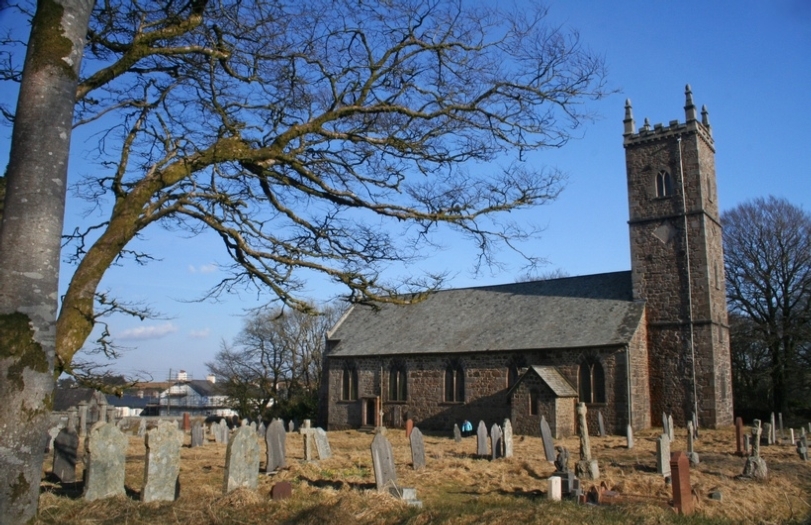New studentship lets us target 'Damp Towers'
The CCT is proud to announce that we will be supporting a 4-year postgraduate student study into preventing damp. Lucie Fusade will focus on the Church of St. Michael and All Angels in Princetown, Devon, while she undertakes formal study at University College London and the University of Oxford.
The new studentship has been joint-funded by English Heritage Buildings Conservation and Research Team and the Engineering and Physical Sciences Research Council to explore damp in church towers.
Many historic buildings in exposed locations such as the south west of England suffer from damp problems caused by driving rain which can be complex to manage and solve. Tall buildings or those on elevated sites are particularly vulnerable. English Heritage has already carried out extensive research on these problems in the form of the 'Damp Towers' project, which provides the starting point for this studentship.
The programme is administered by the Centre for Doctoral Training in Science and Engineering in Arts, Heritage and Archaeology, a joint programme between University College London, the University of Oxford, and University of Brighton.
The Damp Towers project looked at grouting and rendering as potential solutions, but did not evaluate the potential role of pointing mortars.
The specific topic of the studentship leads on from this earlier research, and is "Mortars for controlling moisture problems in damp towers". It focuses on two broad research questions:
- How does driving rain interact with different repointing mortars?
- How can we improve knowledge, skills and practice to maximise the performance of good repointing mortars?
Heady stuff...but we are certain that Lucie will be up to the challenge.
The Church of St. Michael and All Angels, Princetown is a striking building in the middle of Dartmoor. It stands 1,430 feet above sea level, and is exposed on all sides to high winds and twice the national average ranfall. The tower is currently host to ferns and algae that thrive on moisture and threaten the structure.
Lucie's research will help us to protect not only this church but those across our estate that face damp problems. This research will provide valuable learning to the broader conservation sector.

